Najnowsze Wydania
-
GN 44/2025 Dokument:(9477129,O szarej godzinie)
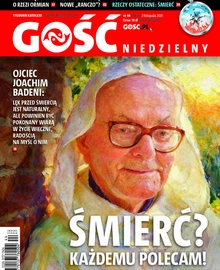
-
Historia Kościoła (12) 06/2025 Dokument:(9471760,Sobór sprawił, że ludzie znowu zaczęli mieć pytania do Kościoła. Edytorial nowego wydania)
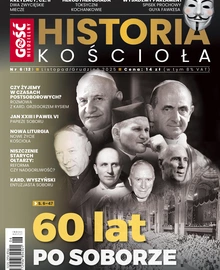
-
GN 43/2025 Dokument:(9469044,Rodzina – sens i stabilność)
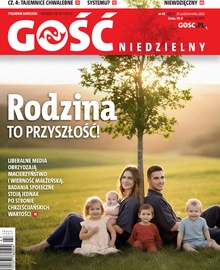
-
GN 42/2025 Dokument:(9458103,Zaczarowana miotła)
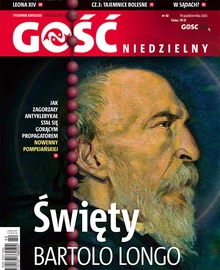
-
GN 41/2025 Dokument:(9450251,Odpowiedzialni mężowie)
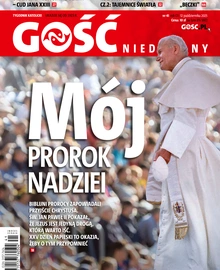
In black and white
In black-and-white photographs from those years, a smiling John Paul II, newly elected pope, opens his arms wide. This openness would later be one of the most expressive features of his pontificate.
So much so that after his death, some would overlook the fact that his openness to the world did not mean he shied away from firmly proclaiming the truth, even the uncomfortable truth. Since he embarked on his first apostolic journey just three months after assuming the papacy, it means that the decision must have been made almost immediately after taking the Chair of St. Peter. The countries of Latin America – including Mexico – were to be the first to hear the new pope’s firm ‘no’ to the evil being perpetrated there and the irregularities rampant in the Church in those regions, largely due to liberation theology. “It is a mistake to claim that political, economic or social liberation equates to the salvation brought by Christ” – he said. One could summarise: Christ does not carry a rifle on his shoulder – a reference to the famous painting by Carlos Alonso is inevitable. As are the opinions on two ways of fighting dictatorship, which clashed at the start of John Paul II’s pontificate: the Nicaraguan and the Polish. The former advocated class struggle and the principles of liberation theology. The latter preferred the theology of freedom and social solidarity.
Black-and-white photographs from those years also show a slight, seemingly shy young priest whose inner strength is not reflected in his face. His demeanour, according to witnesses, had nothing of self-aggrandising pomp. In his sermons, he mostly used quotes – whether from the statements of the Primate of the Millennium, or Pope John Paul II, or from documents of the Magisterium of the Church. Crowds followed him, hungry not only for justice, but also for spiritual nourishment. The hatred that the communist leaders held for Father Jerzy Popiełuszko is quite difficult to compare to any other – ultimately, it was this hatred that would take his life by the hands of state officials. During his beatification, Cardinal Angelo Amato said of him: “Father Popiełuszko, like the biblical just man, lived by faith and love.” He also quoted one of the testimonies: “In his life, I did not notice any animosity towards people or hatred towards his oppressors. In his sermons, he called for reconciliation. His motto was the words of St. Paul: ‘Overcome evil with good’”.
Black-and-white photographs from that time can make it difficult to properly interpret the events depicted in them. They are too unequivocal. They divide reality into black and white, as if it were easy to distinguish those “on our side” from those “on the other side”. Those from Solidarity and those from the party. The good and the bad. After 40 years since the death of Father Jerzy Popiełuszko, can we hope that among the still divided sides of Polish, European, and global political life, which (as it seemed) were fighting for the same thing, although their goals ultimately turned out to be different, reconciliation can take place? Through his intercession?
We present to our esteemed readers two language versions of this issue of “Gość Extra,” prepared on the 40th anniversary of the death of Blessed Father Jerzy. We want the world – including those who will receive this issue during this year’s Synod on Synodality in Rome – to learn as much as possible about him and to draw as much inspiration from his life as they can.

![]() ks. Adam Pawlaszczyk
Redaktor naczelny „Gościa Niedzielnego”, wicedyrektor Instytutu Gość Media. Święcenia kapłańskie przyjął w 1998 r. W latach 1998-2005 pracował w duszpasterstwie parafialnym, po czym podjął posługę w Sądzie Metropolitalnym w Katowicach. W latach 2012-2014 był kanclerzem Kurii Metropolitalnej w Katowicach. Od 1.02.2014 r. pełnił funkcję oficjała Sądu Metropolitalnego. W 2010 r. obronił pracę doktorską na Wydziale Prawa Kanonicznego UKSW w Warszawie i uzyskał stopień naukowy doktora nauk prawnych w zakresie prawa kanonicznego.
ks. Adam Pawlaszczyk
Redaktor naczelny „Gościa Niedzielnego”, wicedyrektor Instytutu Gość Media. Święcenia kapłańskie przyjął w 1998 r. W latach 1998-2005 pracował w duszpasterstwie parafialnym, po czym podjął posługę w Sądzie Metropolitalnym w Katowicach. W latach 2012-2014 był kanclerzem Kurii Metropolitalnej w Katowicach. Od 1.02.2014 r. pełnił funkcję oficjała Sądu Metropolitalnego. W 2010 r. obronił pracę doktorską na Wydziale Prawa Kanonicznego UKSW w Warszawie i uzyskał stopień naukowy doktora nauk prawnych w zakresie prawa kanonicznego.
Polecane w subskrypcji
-
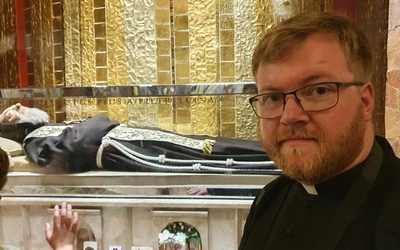
- Kościół
-
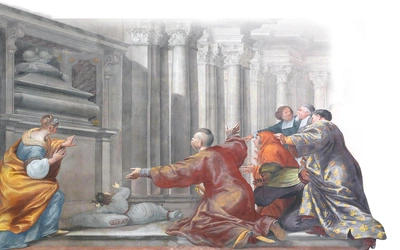
- Kościół
-
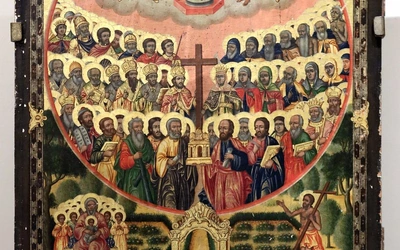
- Kościół
-
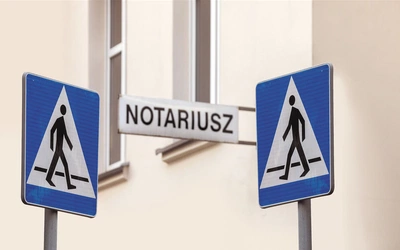
- Polska



























